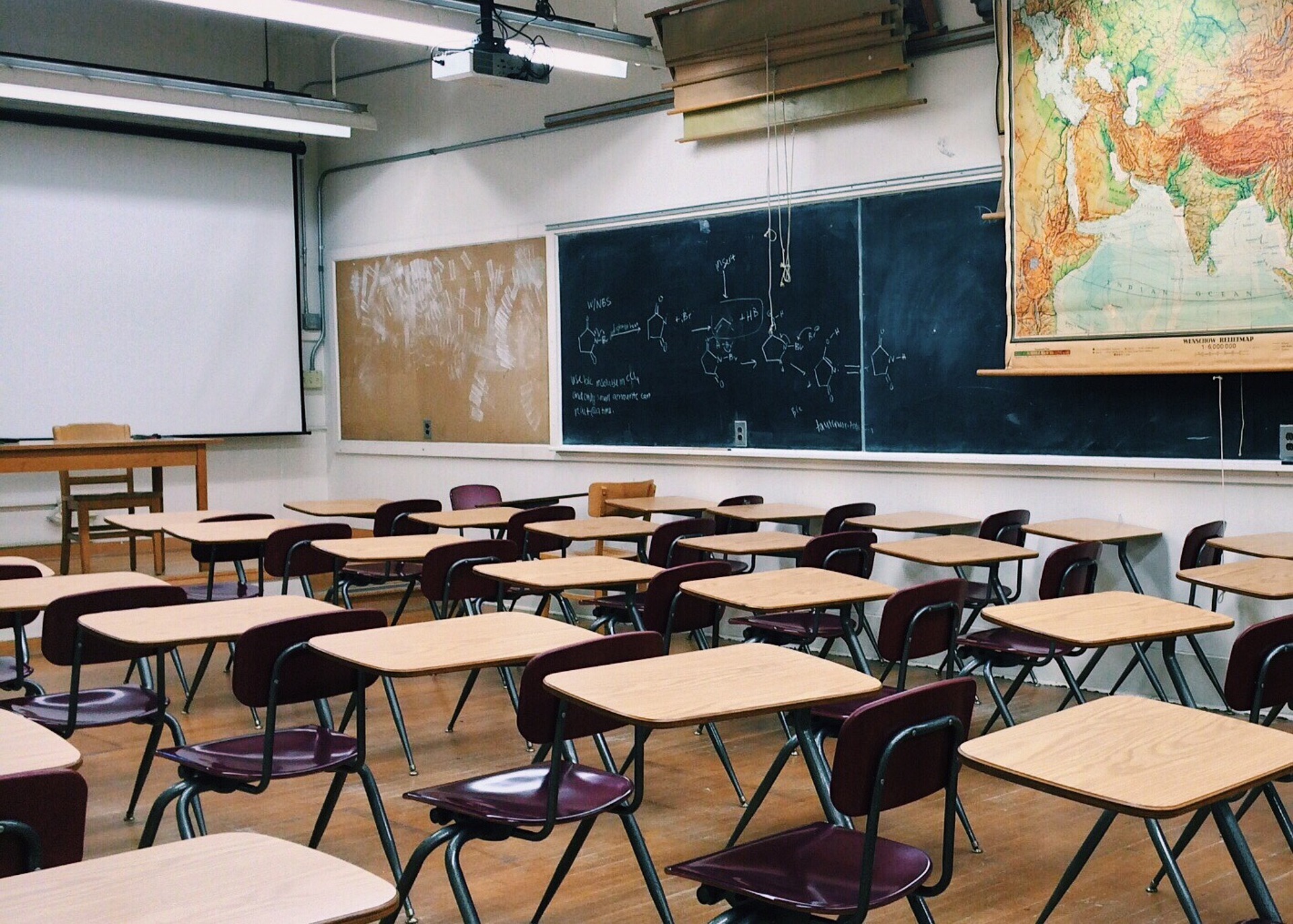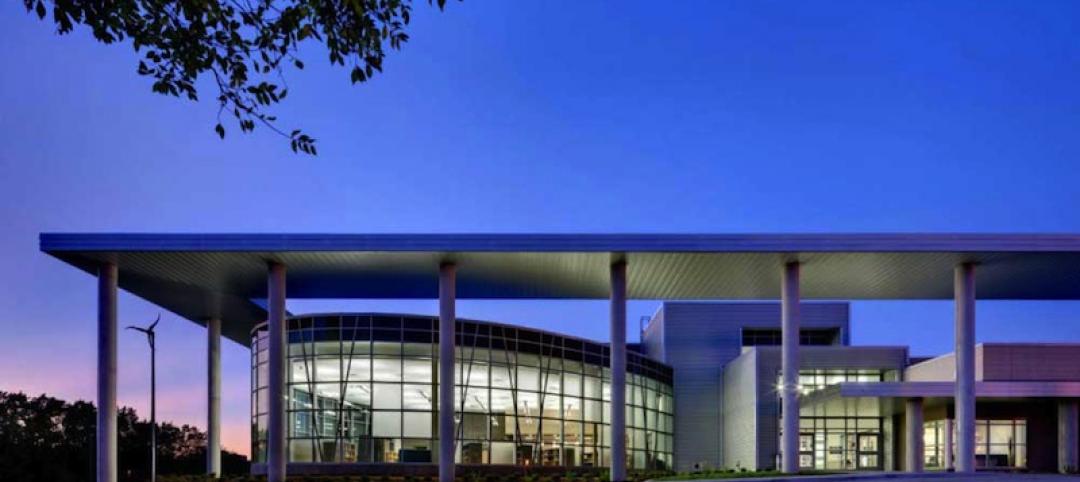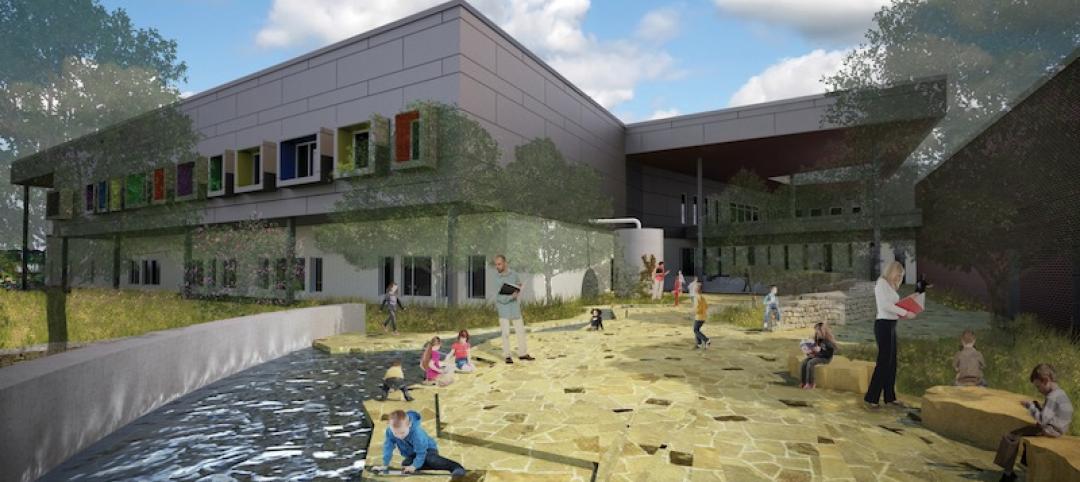U.S. school districts are widely planning to use funds from last year’s American Rescue Plan (ARP) to upgrade or improve air filtration and heating/cooling systems, according to a report from the Center for Green Schools at the U.S. Green Building Council (USGBC).
The report, School Facilities Funding in the Pandemic, says air filtration and HVAC upgrades are the top facility improvement choice for the 5,004 school districts included in the analysis. The top choice for spending federal funds was for staffing, followed by air filtration/HVAC at $5.5 billion.
Other categories of planned spending include $2.6 billion for repairing/improving school facilities; $271 million for upgrading windows, roofs, and doors; and nearly $11 million for UV lighting for disease mitigation. The average planned spending for air filtration and HVAC is about $260,000 per school. Around 500 school districts plan to spend over $1 million per school on one or more of these categories.
District interviewees said having substantial federal dollars was important to be able to invest in costly HVAC infrastructure projects, which would otherwise be delayed or addressed in phases. They also noted that they face constraints on their projects caused by the pandemic, associated supply chain issues, and the rising rate of inflation.

District interviewees noted that where HVAC upgrades were made in their schools, they were able to keep energy usage and costs to a minimum compared to schools with outdated systems.
More findings from the School Facilities Funding in the Pandemic study
- Although staff capacity, inflation and supply chain shortages are affecting infrastructure projects, school districts have prioritized significant ESSER III funding to support indoor air quality for their students and staff. Of all the funding categories tracked by Burbio, air filtration/HVAC was the second-highest category for district planned spending at $5.5 billion, just behind staffing/teachers/academic interventionists/guidance counselors.
- Of the 2,379 school districts that planned to spend any ESSER III funding on facilities, large districts planned to spend the lowest percentage (on average 22%) and small districts planned to spend the highest percentage of their total allocation (on average 30%).
- Small and medium-size districts (those with 20 or fewer schools) consistently reported more spending per school on facilities categories than their larger counterparts.
- In addition to filtration and HVAC improvements, in most cases, districts that planned to spend in this category also indicated plans to spend in at least one other facilities category, displaying a layered approach to addressing COVID at the building infrastructure level.
- The district interviewees highlighted the importance of having substantial federal dollars to invest in costly HVAC infrastructure projects, which would otherwise be delayed or addressed in phases.
- District interviewees noted that where HVAC upgrades were made in their schools, they were able to keep energy usage and costs to a minimum compared to schools with outdated systems. Similarly, interviewees reported positive results from spending in other facilities categories to reduce the spread of COVID.
The analysis included qualitative interviews with three school district facilities personnel and a quantitative analysis based on a data set of 5,004 school districts’ ESSER-III spending plans by the Burbio data service. The dataset contained information from school districts from all 50 states and the District of Columbia, representing approximately 74% of public-school students and roughly $83.1 billion in ESSER III funds.
Related Stories
| Dec 17, 2013
Nation's largest net-zero K-12 school among winners of 2013 Best of Green Schools award
The Lady Bird Johnson Middle School in Irving, Texas, was named a winner of USGBC's annual award, along with nine other schools, individuals and communities working toward the common goal of healthy, high-performing learning places.
| Dec 17, 2013
IBM's five tech-driven innovation predictions for the next five years [infographics]
Smart classrooms, DNA-based medical care, and wired cities are among the technology-related innovations identified by IBM researchers for the company's 5 in 5 report.
| Dec 16, 2013
Irving, Texas building state’s second net-zero school
Lee Elementary School, scheduled to open in fall 2014, will be net-zero-ready, and if the school board decides to sell district bonds and allow the purchase of additional solar panels, will be a true net-zero facility.
| Dec 13, 2013
Safe and sound: 10 solutions for fire and life safety
From a dual fire-CO detector to an aspiration-sensing fire alarm, BD+C editors present a roundup of new fire and life safety products and technologies.
| Dec 10, 2013
16 great solutions for architects, engineers, and contractors
From a crowd-funded smart shovel to a why-didn’t-someone-do-this-sooner scheme for managing traffic in public restrooms, these ideas are noteworthy for creative problem-solving. Here are some of the most intriguing innovations the BD+C community has brought to our attention this year.
| Dec 5, 2013
Exclusive BD+C survey shows reaction to Sandy Hook tragedy
More than 60% of AEC professionals surveyed by BD+C said their firms experienced heightened interest in security measures from school districts they worked with.
| Nov 27, 2013
Wonder walls: 13 choices for the building envelope
BD+C editors present a roundup of the latest technologies and applications in exterior wall systems, from a tapered metal wall installation in Oklahoma to a textured precast concrete solution in North Carolina.
| Nov 26, 2013
Construction costs rise for 22nd straight month in November
Construction costs in North America rose for the 22nd consecutive month in November as labor costs continued to increase, amid growing industry concern over the tight availability of skilled workers.
| Nov 25, 2013
Building Teams need to help owners avoid 'operational stray'
"Operational stray" occurs when a building’s MEP systems don’t work the way they should. Even the most well-designed and constructed building can stray from perfection—and that can cost the owner a ton in unnecessary utility costs. But help is on the way.
| Nov 19, 2013
Top 10 green building products for 2014
Assa Abloy's power-over-ethernet access-control locks and Schüco's retrofit façade system are among the products to make BuildingGreen Inc.'s annual Top-10 Green Building Products list.

















